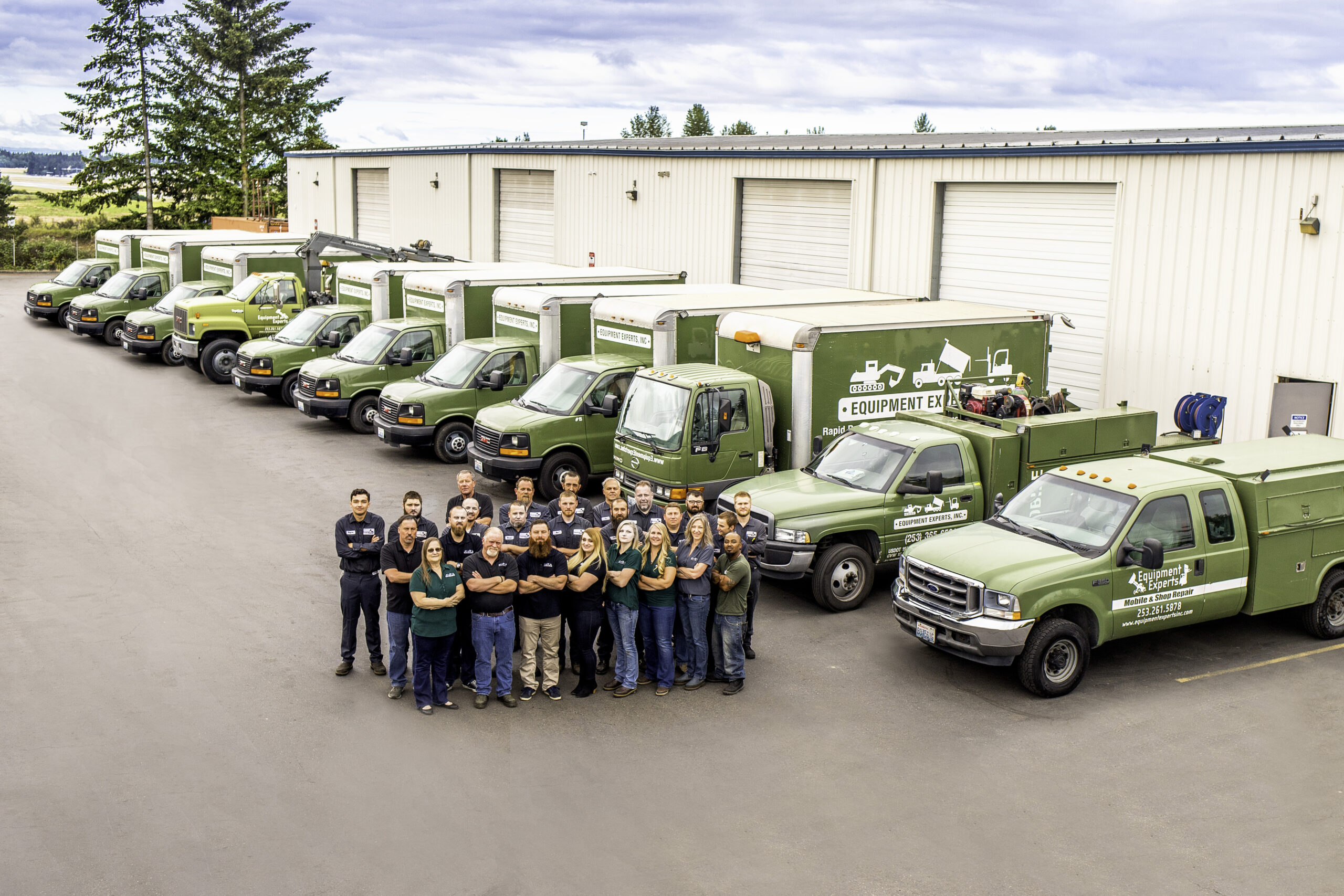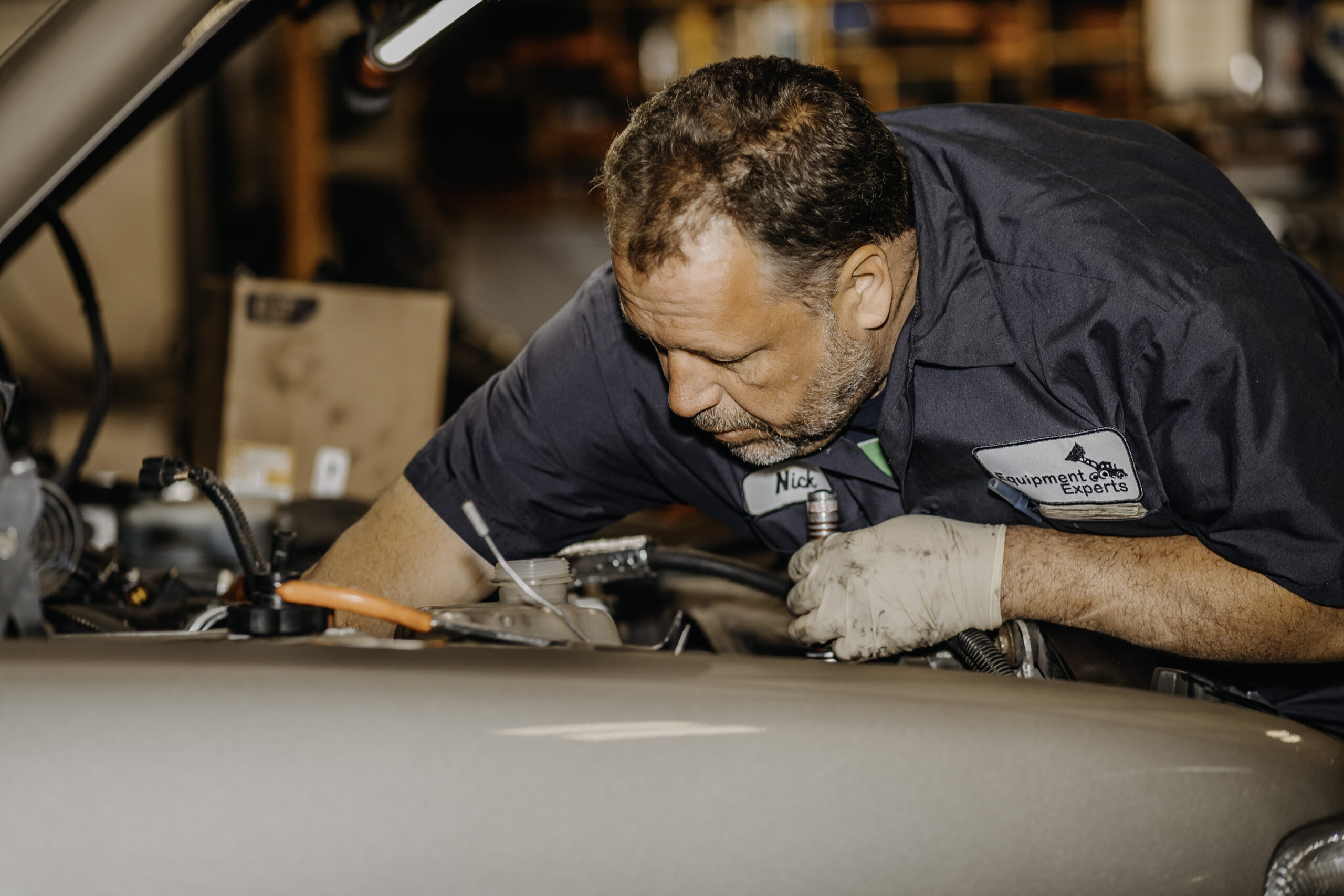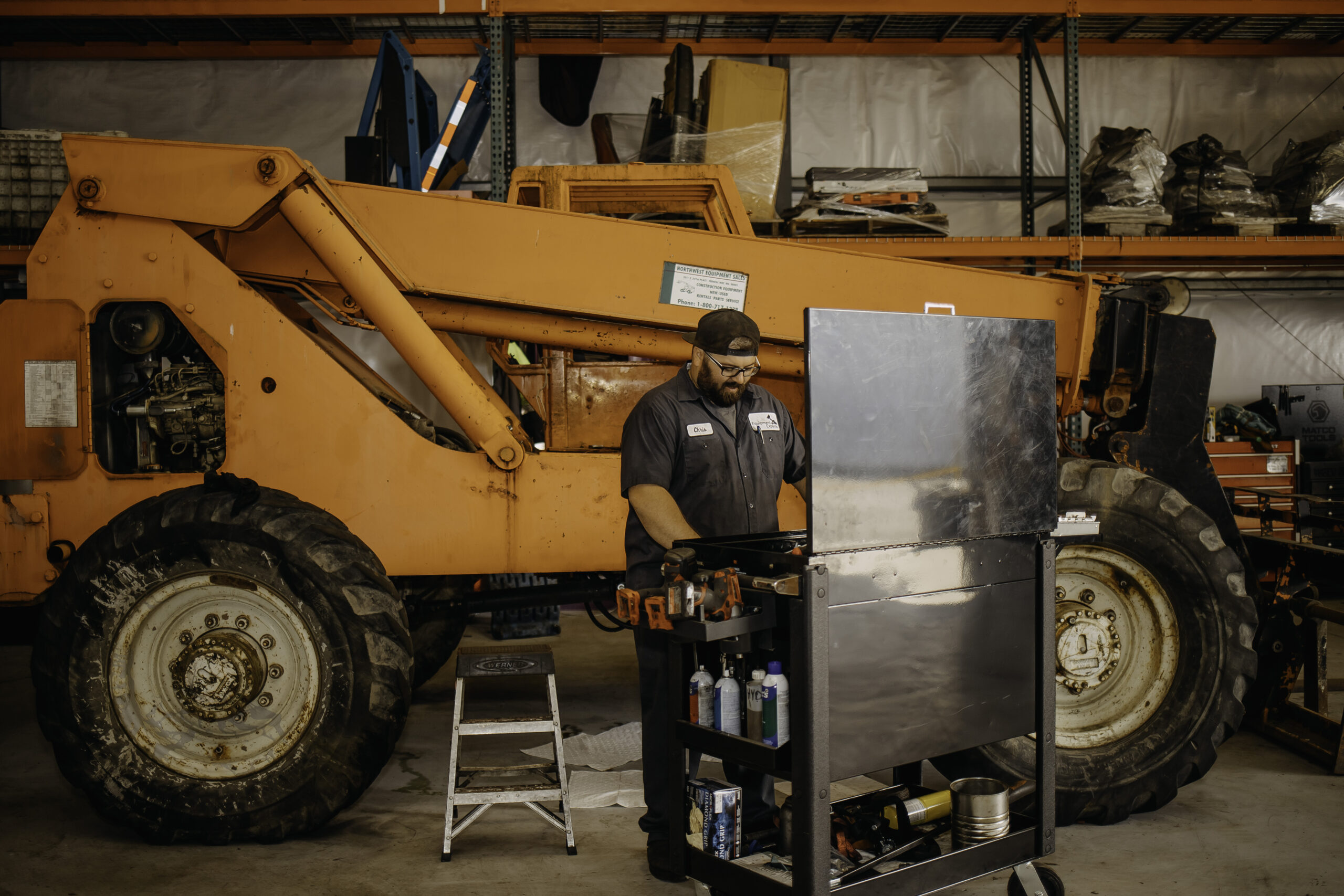
Forced regenerations can make or break a fleet unit’s productivity. Before you know it, a “regen” as it’s called, can cause downtime, especially when you least expect it.
But the good news is that forced regenerations are preventable with the right tools and support. And we’ll show you exactly what those tools are in this article.
If you’re looking to learn a bit more about what forced regeneration is for diesel particulate filters (DPF) and DPF systems, look no further. We got your back.
In this short article, we’ll discuss what you need to know about forced regeneration, including:

Hold up. Before we dive into forced regeneration, let’s take a quick look at what regeneration is. Regeneration of the DPF filter — is a process that helps protect against when soot builds up inside the diesel particulate filter (DPF).
Suppose excessive amounts of soot build up in the system. In that case, the vehicle may no longer be operable, so burning off the excess soot — or “regeneration” of a clean filter — is necessary to help unclog the DPF and enable it to function again.
Doing so ensures a safer and more operable engine system.
As such, two types of truck regenerations exist:
“But what about forced regeneration?” You might be thinking.
Forced regeneration is the less-preferred option of passive and active regenerations. That’s because forced regeneration is performed when a diagnostic scan tool starts the regeneration process instead of the vehicle’s engine control module.
The DPF soot load may be so high that a forced regeneration is needed; therefore, forced regeneration comes to save the day. With forced regeneration, instead of the truck’s engine control module, a diagnostic scan tool starts the regeneration process.
Forced regeneration is the most intense regeneration process, and it requires a special diagnostic tool to start the process.

So, what exactly is involved in forced regeneration? With forced regeneration, a scanner tool is used to begin the DPF regeneration process.
Since the DPF is working to “regenerate” itself to its original state, when everything is working as it should, while the vehicle is driving, regeneration occurs.
Using the heat of the exhaust, soot is burned as it accumulates in the DPF. We call this process passive regeneration.
But, when the exhaust isn’t hot enough to burn off the soot on its own, a vehicle can inject fuel into the DPF and help raise the temperature in the vehicle to burn away soot. We call this process active regeneration.
Forced regeneration comes in when passive regeneration and active regeneration aren’t working. In cases when passive and active regeneration aren’t able to burn away the soot in the diesel particulate filter, forced regeneration is needed. With forced regeneration, drivers must pull over and stop while the DPF system in the vehicle completes a more rigorous self-cleaning process.
What’s more, if you fail to pull over, stop, and allow the DPF to conduct a more rigorous self-cleaning process — and if you ignore your “Check Engine” light — you could seriously damage your engine. The last thing you need on your hands is an engine overhaul or replacement.

To help you make the most of a forced regeneration, it’s helpful to understand why regenerations in the diesel particulate filter occur in the first place.
To review, the type of soot that builds up in a vehicle occurs in a small component of the exhaust system. The component is called a diesel particulate filter.
As part of recent legislative changes, heavy-duty on-road vehicles must be built with the latest commercial technologies, technologies that help reduce air pollution and vehicle emissions.
As such, DPFs were built to trap soot inside a vehicle before it can be released into the air. The use of DPFs helps reduce harmful airborne vehicle emissions.
By familiarizing yourselves with how active, passive, and forced regenerations work, you can budget for preventive maintenance and DOT procedures, comply with stay in compliance with applicable environmental legislation, and take control of your fleet.

If you’re wondering how to conduct a forced regeneration, the fastest and easiest way is by visiting your local diesel truck repair shop. They have the knowledge, experience, and tools to help perform diagnostic tests related to forced regens.
Otherwise, you’re also able to reach out to manufactured parts suppliers who can recommend a business service tool and diagnostic software that fits your operational needs. If you choose a diesel truck repair shop, your diesel repair truck team will take care of you.
They’ll repair your vehicle but also provide invaluable advice and essential tips to keep your vehicle in compliance with the DOT, so you can avoid DOT violations.

Now that you have an understanding of why forced regens are important, what’s involved, and how to do them, the last piece of information to note is how often to conduct them.
The short answer is: on a bi-weekly or monthly basis as a preventive measure. The longer answer is that it depends on the fault codes displayed by the aftertreatment system.
If you’re wondering how often to conduct forced regenerations, reach out to your local diesel truck repair shop. They can give you more specific timelines given your vehicle and its circumstances.
Did you know that by conducting regular inspections, you’ll actually save more in the long term? Here are a few tips to get you started:
A little proactive work goes a long way. Get your fleet in tip-top shape by adhering to these three simple tips.

Speaking of quick and simple tips, the best way to prevent needing to conduct forced generations is by reducing the number of impurities and particulate matter that enters the DPF.
Premium diesel fuel can help you reduce the need for DPF regeneration. And so does an expert repair job from a top-tier diesel repair technician.
Picking a technician’s brain is the one of the most invaluable ways to fix a diesel particulate filter issue. That’s because technicians know how to create cleaner, stronger, and more balanced combustion systems that stand the test of time.
An expert diesel truck repair technician can help you create a system with less soot, meaning fewer regenerations. Curious to learn more about regenerations?
Our Expert team of diesel truck repair technicians would be happy to help. For more information about regenerations — or to schedule an inspection or repair work for your vehicle — don’t hesitate to contact us today.
Until then, best of luck wherever your travels may take you!